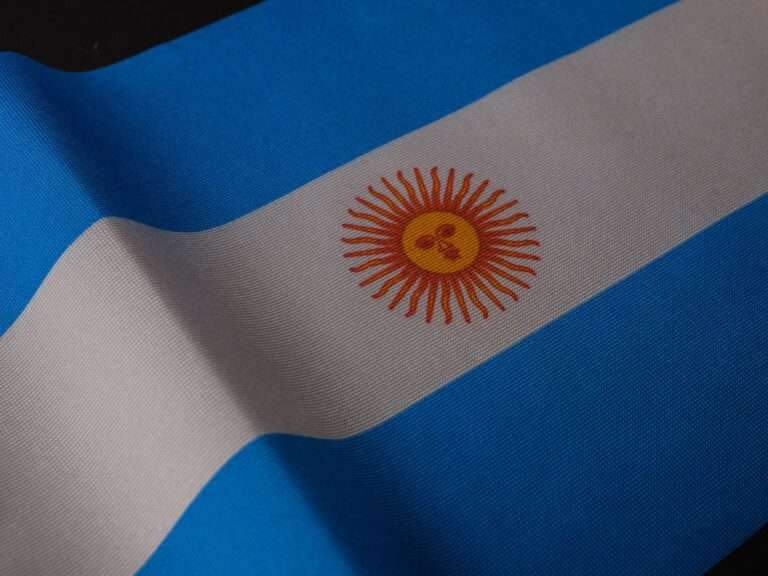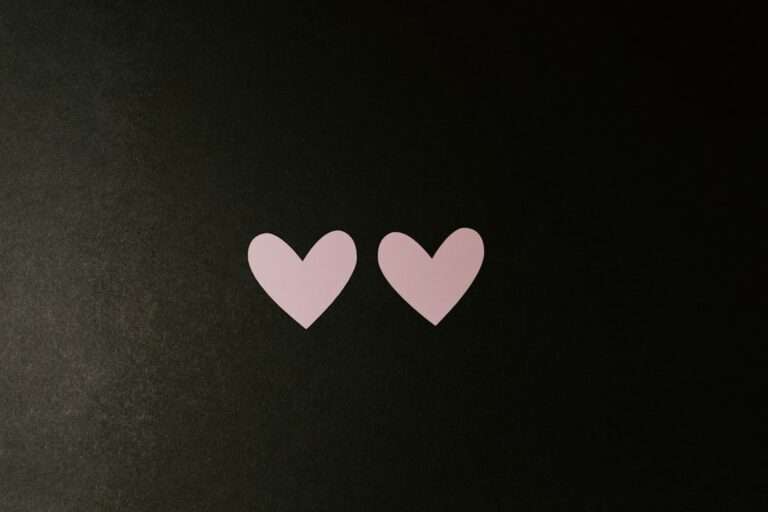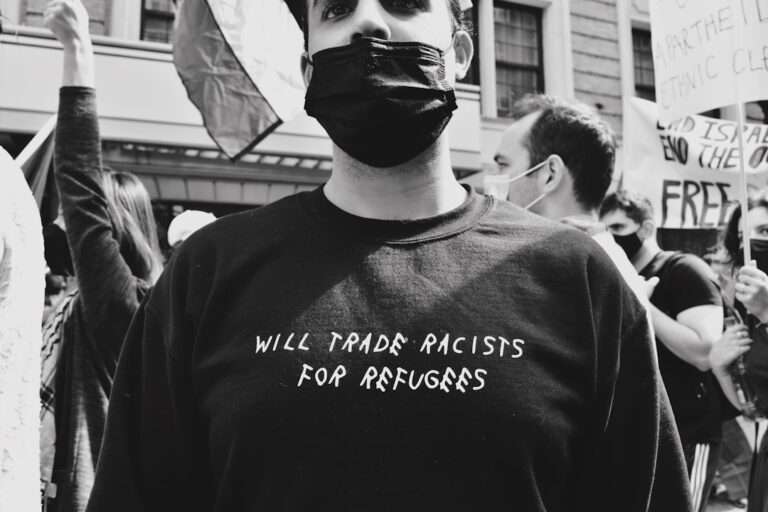What ancient symbols are popular in modern tattoos?

Ancient cultures used tattoos to signify social standing, fend off evil spirits, & remember important occasions. Today, people use tattoos as a form of self-expression & artistic representation. The use of historical symbols in tattoo designs has become more fashionable in the present era. These symbols have deep symbolic meanings that are frequently ingrained in the historical & cultural contexts of the civilizations that first used them. Ancient symbols, such as the complex Celtic knot patterns & the potent Egyptian hieroglyphic imagery, never cease to enthrall and inspire people who want to adorn their bodies with timeless & significant artwork. This piece will look at the significance and meanings of ancient symbols, how they’ve influenced modern tattoo designs, why tattoo artists choose to use these symbols, how these symbols have evolved over time, & the cultural and historical context that gives them their ongoing relevance.
Key Takeaways
- Ancient symbols have been a popular choice for modern tattoos, connecting individuals to their cultural heritage and personal beliefs.
- Ancient symbols carry deep meanings and significance, often representing concepts such as strength, protection, and spirituality.
- Ancient cultures, such as Egyptian, Norse, and Celtic, have heavily influenced modern tattoo designs, with their symbols being widely used in contemporary tattoo art.
- Popular ancient symbols in modern tattoos include the Eye of Horus, the Celtic knot, the Viking compass, and the Egyptian Ankh, each with its own unique cultural and historical significance.
- The evolution of ancient symbols in tattoo art reflects the enduring appeal and timelessness of these symbols, as they continue to be embraced and reinterpreted by tattoo enthusiasts around the world.
Cultural Significance and Symbolism. These symbols are potent options for people looking to use tattoos to express their own beliefs and values because they are firmly ingrained in the cultures that produced them. In addition, because they have been passed down through the ages and are still relevant today, ancient symbols frequently have a timeless and enigmatic quality. Religious and Spiritual Significance.
Also significant in many spiritual and religious traditions, ancient symbols are popular choices for people who want to use their tattoos to express their faith. For instance, in Hinduism, the Om symbol denotes the sound of the universe & is frequently used as a metaphor for enlightenment and spiritual development. Often used in tattoos to ward off evil and bring good fortune, the Hamsa hand is a symbol of protection in Middle Eastern cultures. Individual and Spiritual Expression. Not only do these symbols have personal meaning for the wearer, but they also function as a visual cue that connects them to their spiritual or religious beliefs. Thus, the incorporation of archaic symbols into contemporary tattoos allows people to express themselves personally and spiritually and carries their beliefs with them throughout life.
Many people get inspiration for their modern tattoo designs from the artwork and symbolism of ancient cultures, including the Japanese, Egyptians, Celts, and Norse. These cultures have had a significant impact on tattoo design history. A fusion of the old and new has been created by reimagining and incorporating the intricate patterns and designs found in ancient artifacts & artwork into contemporary tattoo art. This appeals to people who want to embrace the present while maintaining a connection to the past. For instance, Celtic knots, which represent eternity & interconnectedness through their interwoven patterns, are becoming a popular option for tattoo design seekers looking for complex & significant artwork.
Similar to how Egyptian hieroglyphics’ vivid and eye-catching imagery has permeated contemporary tattoo art, people are now choosing to adorn their bodies with powerful and ageless images like the Ankh or the Eye of Horus. Ancient symbols have a profound emotional significance that connects with people on a personal level, so their influence on contemporary tattoo designs goes beyond simple aesthetics. Whether it’s the resilience & strength embodied by Norse symbols like Mjolnir (Thor’s hammer) or the spiritual enlightenment represented by Japanese symbols like the Enso, ancient cultures continue to inspire and have an impact on the tattoo art industry. The combination of contemporary tattooing methods with age-old symbolism has resulted in a wide and colorful array of tattoo designs that highlight the timeless appeal of these classic symbols. Innumerable old symbols, each with its own special significance and meaning, have made their way into contemporary tattoo art.
The Egyptian Ankh, a symbol of life and immortality, is a popular choice for contemporary tattoos. With its powerful symbol of eternal life, the Ankh has fascinated people for centuries. It is commonly portrayed as a cross with a loop at the top. The Celtic knot, renowned for its elaborate interwoven patterns that represent eternity & interconnectedness, is another well-known ancient symbol.
For people looking for tattoos that are both meaningful and eye-catching, these classic designs are becoming more & more popular. Norse mythology has also greatly influenced contemporary tattoo designs, with symbols like the Valknut (the “knot of the slain”) & Mjolnir (Thor’s hammer) being well-liked options for people who are drawn to the tenacity & resiliency these antiquated images represent. Because of its complex design and potent symbolism, the Hamsa hand—a symbol of protection in Middle Eastern cultures—has grown in popularity among those looking to get lucky charms & ward off evil. These are just a handful of the numerous instances of old symbols that have been revived in contemporary tattoo art; each one has a special significance and meaning for people who decide to cover their bodies with these potent representations.
Ancient symbols have evolved in tattoo art, with these timeless images being reinterpreted and incorporated into modern designs that speak to those who want to embrace the present while maintaining a connection to the past. There has been a trend towards reinterpreting ancient symbols in fresh & creative ways, even though traditional depictions of these symbols are still popular choices for many people. For instance, artists can add realistic or abstract elements to classic symbols to create a blend of the old and the new that highlights the enduring appeal of these classic pictures. Also, the depiction of ancient symbols has become more intricate and detailed thanks to advancements in tattooing techniques.
Artists use methods like shading, color blending, & fine line work to bring these images to life on the skin. Because of the evolution of tattoo art, people can now express their connection to these potent images in a unique and personalized way thanks to the wide variety of styles and interpretations of ancient symbols that have emerged. People looking for meaningful and eye-catching body art are still drawn to and inspired by the evolution of ancient symbols in tattoo art, whether it’s a powerful and striking portrayal of an Egyptian hieroglyph or an incredibly detailed Celtic knot. Cultural & historical context: Its Power.
Ancient symbols have a lasting significance in contemporary tattooing because of their cultural and historical context. These symbols have an enduring allure that draws people from all backgrounds & eras because they are frequently firmly anchored in the ideals, customs, & beliefs of the civilizations that first employed them. Drawings from Historical Mythologies. Many people have been drawn to the fortitude and resiliency exhibited by these antiquated symbols, such as Mjolnir (Thor’s hammer) and the Valknut (the “knot of the slain”), and have adorned their bodies with images derived from the rich symbolism of Norse mythology. Similar to this, Celtic knots, which represent eternity and interconnectedness, have given intricate patterns and designs from Celtic artwork a new lease on life in contemporary tattoo art. A Link Building Current & History.
The cultural and historical background of these symbols lends additional layers of significance and meaning to their usage in contemporary tattoos, enabling people to express their own unique interpretations of these potent images while connecting with the values and beliefs of ancient civilizations. Ancient symbols in contemporary tattoos create a link between the past & present, enabling people to carry the legacy of these timeless images with them as they move through life, whether they are inspired by Japanese spirituality or Egyptian mythology. Finally, it should be noted that traditional symbols are still relevant today in the context of tattooing, providing a wide range of deeper meanings for those looking for purposeful body art. These symbols, which have deep cultural and historical meaning & are recognizable to people from many backgrounds and eras, range from the elaborate Celtic knot designs to the potent Egyptian hieroglyphics.
The enduring appeal of these timeless images is demonstrated by the diverse landscape of body art that has been created by the influence of ancient cultures on modern tattoo designs. As ancient symbols have evolved in tattoo art, these potent representations have been reinterpreted and merged into modern designs that speak to those who want to embrace the present while maintaining a connection to the past. Ancient symbols, be it a striking representation of an Egyptian Ankh or a finely detailed Celtic knot, never fail to enthrall and motivate those in search of significant and striking body art. These symbols’ cultural and historical background lends additional layers of meaning and significance to their usage in contemporary tattoos, enabling people to express their own unique interpretations of these potent images while connecting with the ideals & beliefs of ancient civilizations.
In this way, relics from antiquity can be incorporated into contemporary tattoos as a means of self-expression that help people remember these classic pictures as they go through life.
FAQs
What are some popular ancient symbols used in modern tattoos?
Some popular ancient symbols used in modern tattoos include the Egyptian Ankh, the Celtic knot, the Greek symbol of the Ouroboros, and the Norse Valknut.
What is the significance of the Egyptian Ankh symbol in tattoos?
The Ankh is an ancient Egyptian symbol representing life and immortality. In modern tattoos, it is often used to symbolize eternal life or spiritual beliefs.
What does the Celtic knot symbolize in modern tattoos?
The Celtic knot is a symbol of interconnectedness and eternity. In modern tattoos, it is often used to represent the continuity of life and the interconnectedness of all things.
What is the meaning of the Ouroboros symbol in modern tattoos?
The Ouroboros is an ancient Greek symbol depicting a serpent or dragon eating its own tail, representing the cycle of life, death, and rebirth. In modern tattoos, it is often used to symbolize the cyclical nature of existence.
What does the Valknut symbolize in modern tattoos?
The Valknut is a symbol associated with Norse mythology and is often interpreted as representing the interconnectedness of the nine worlds, as well as the power of Odin. In modern tattoos, it is often used to symbolize strength, protection, and connection to Norse heritage.





